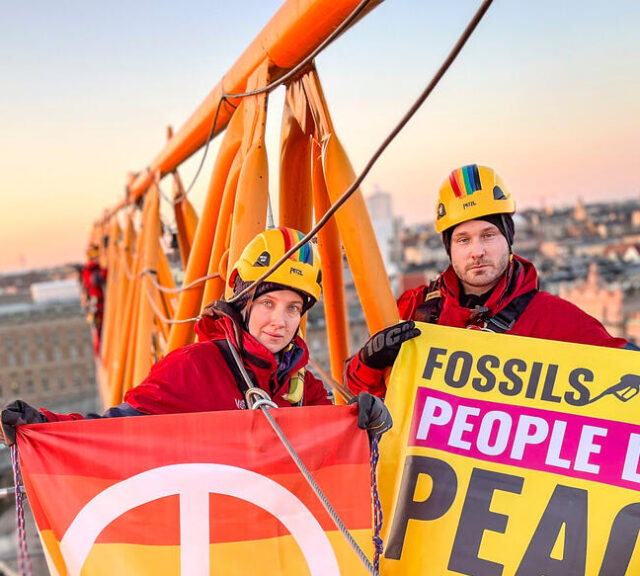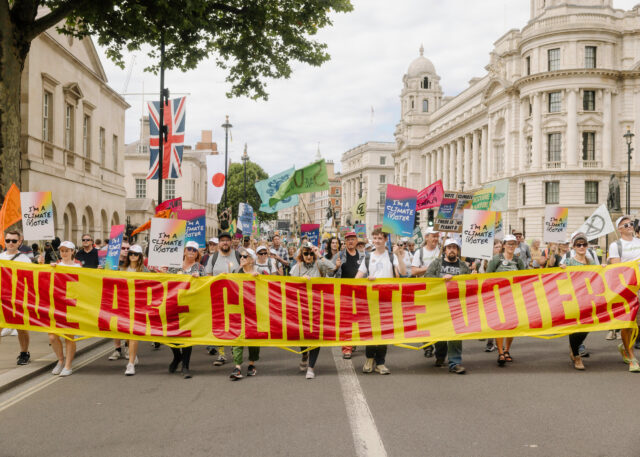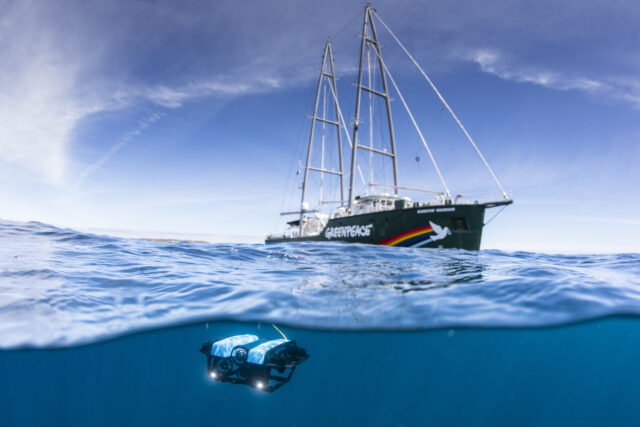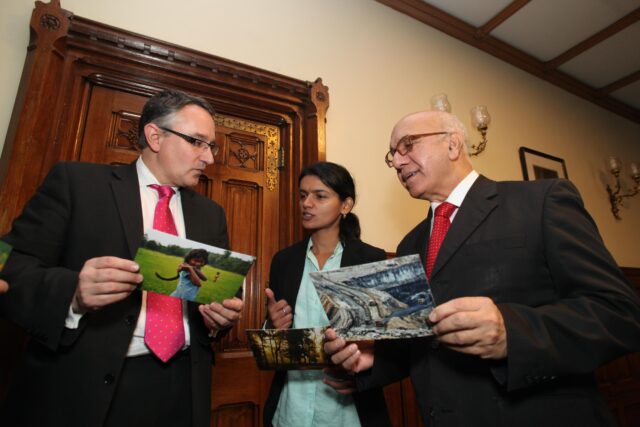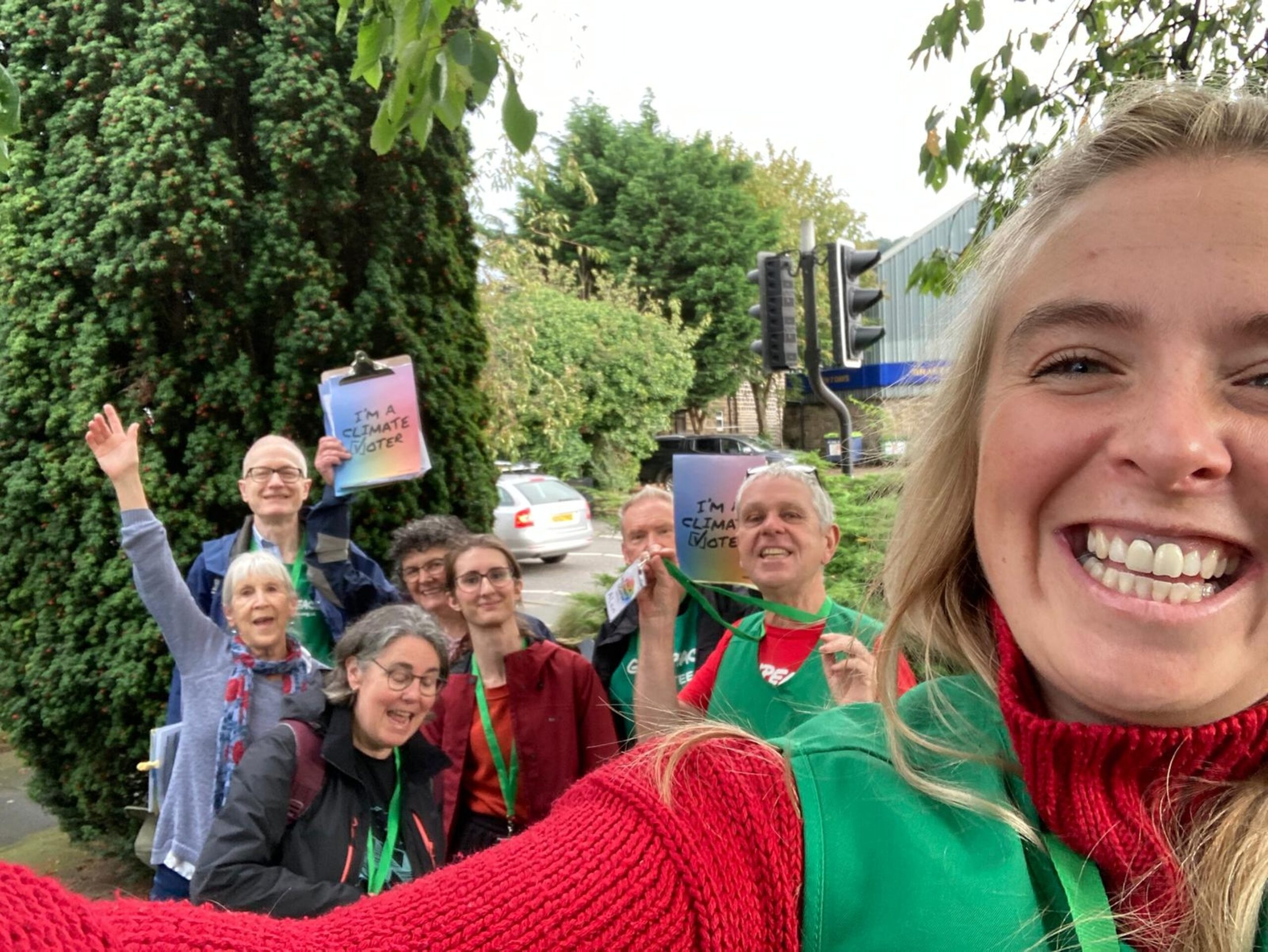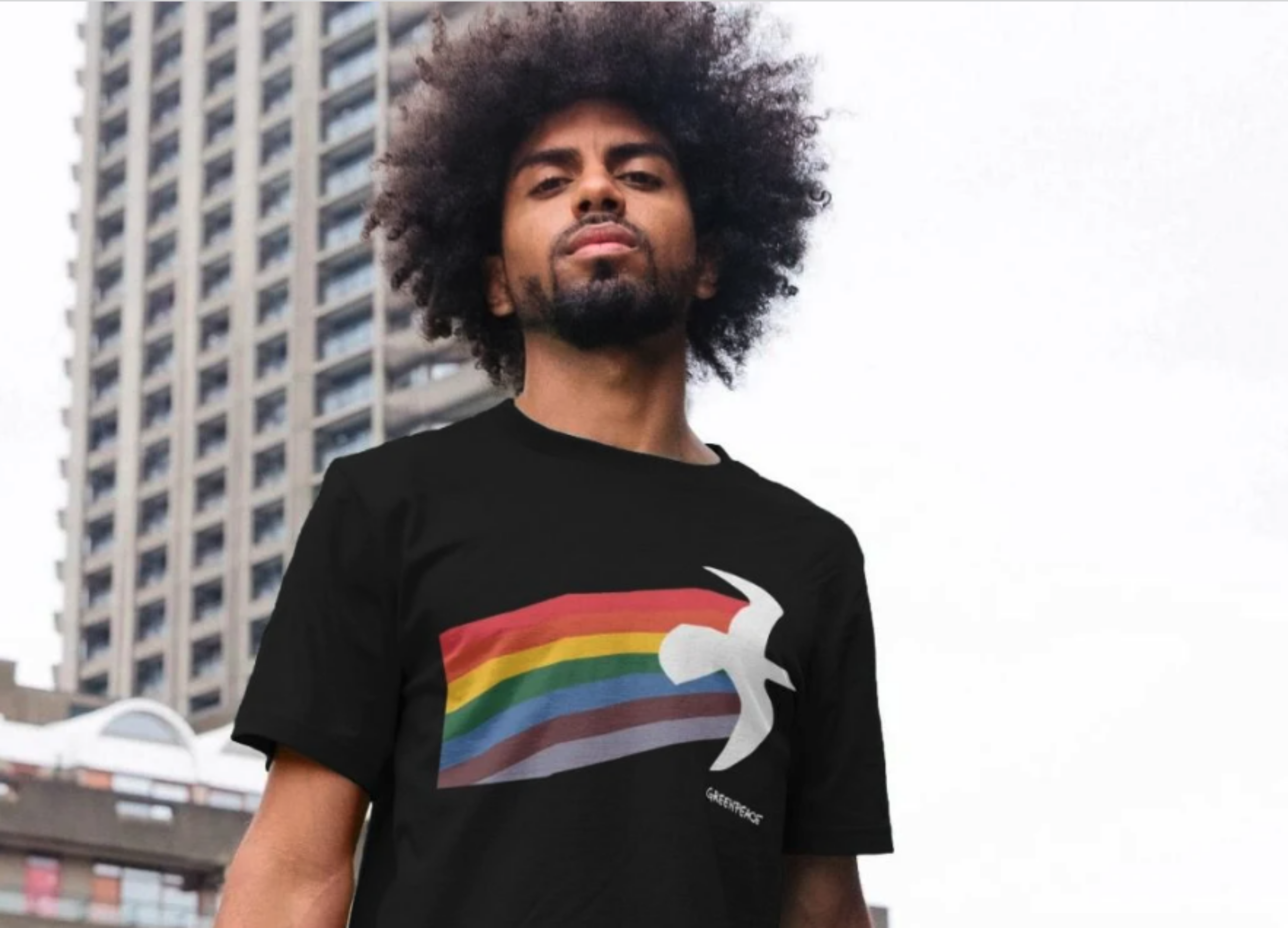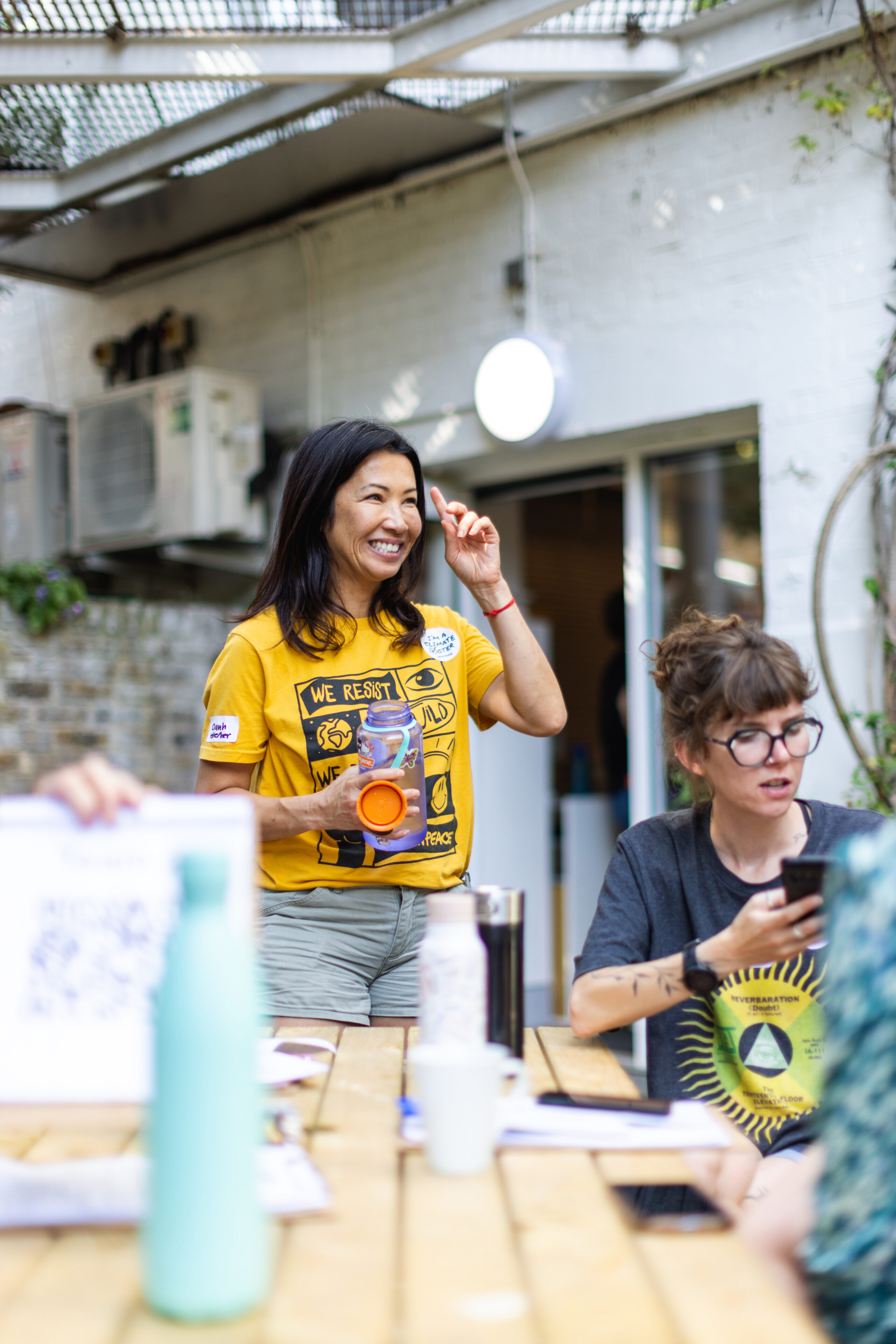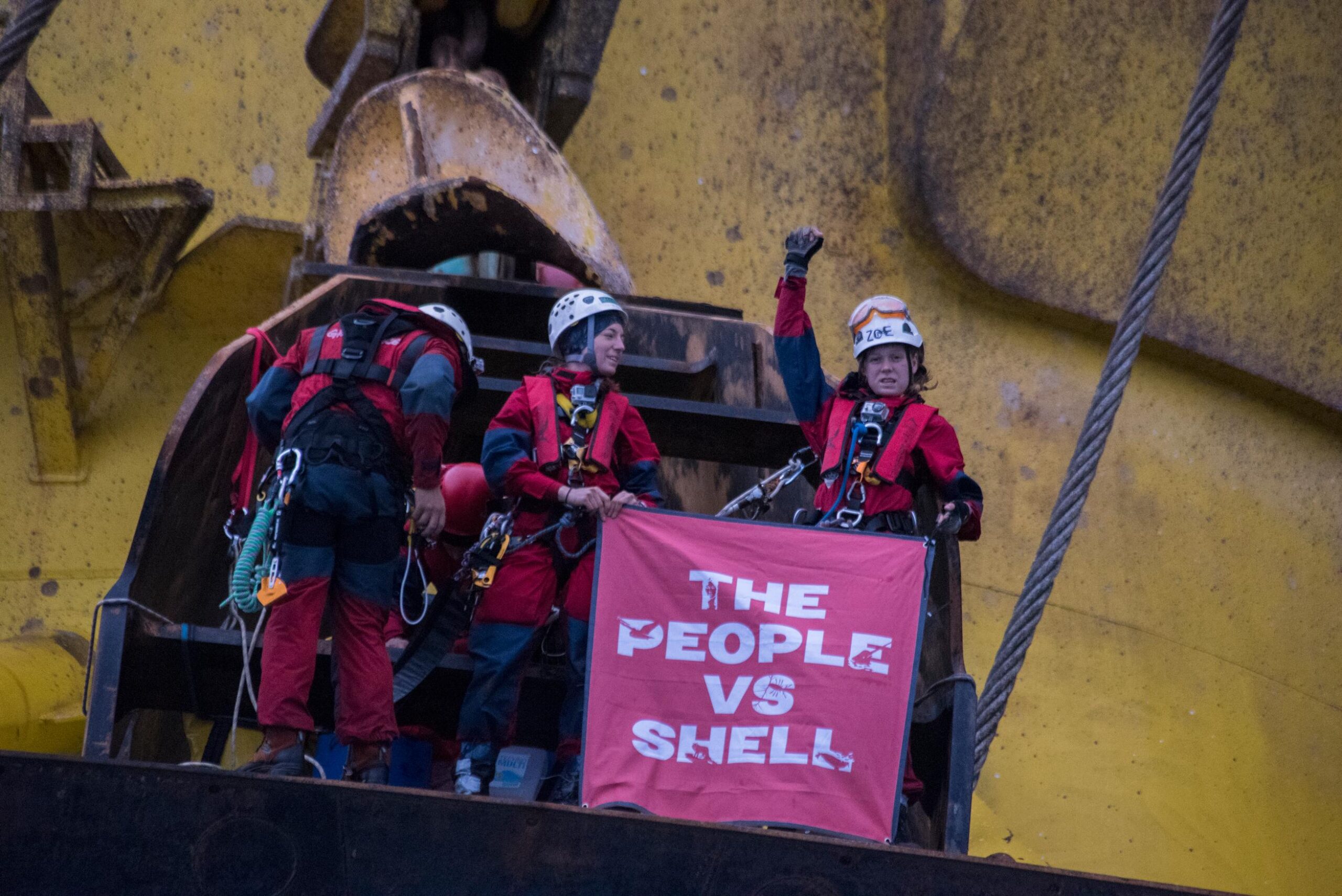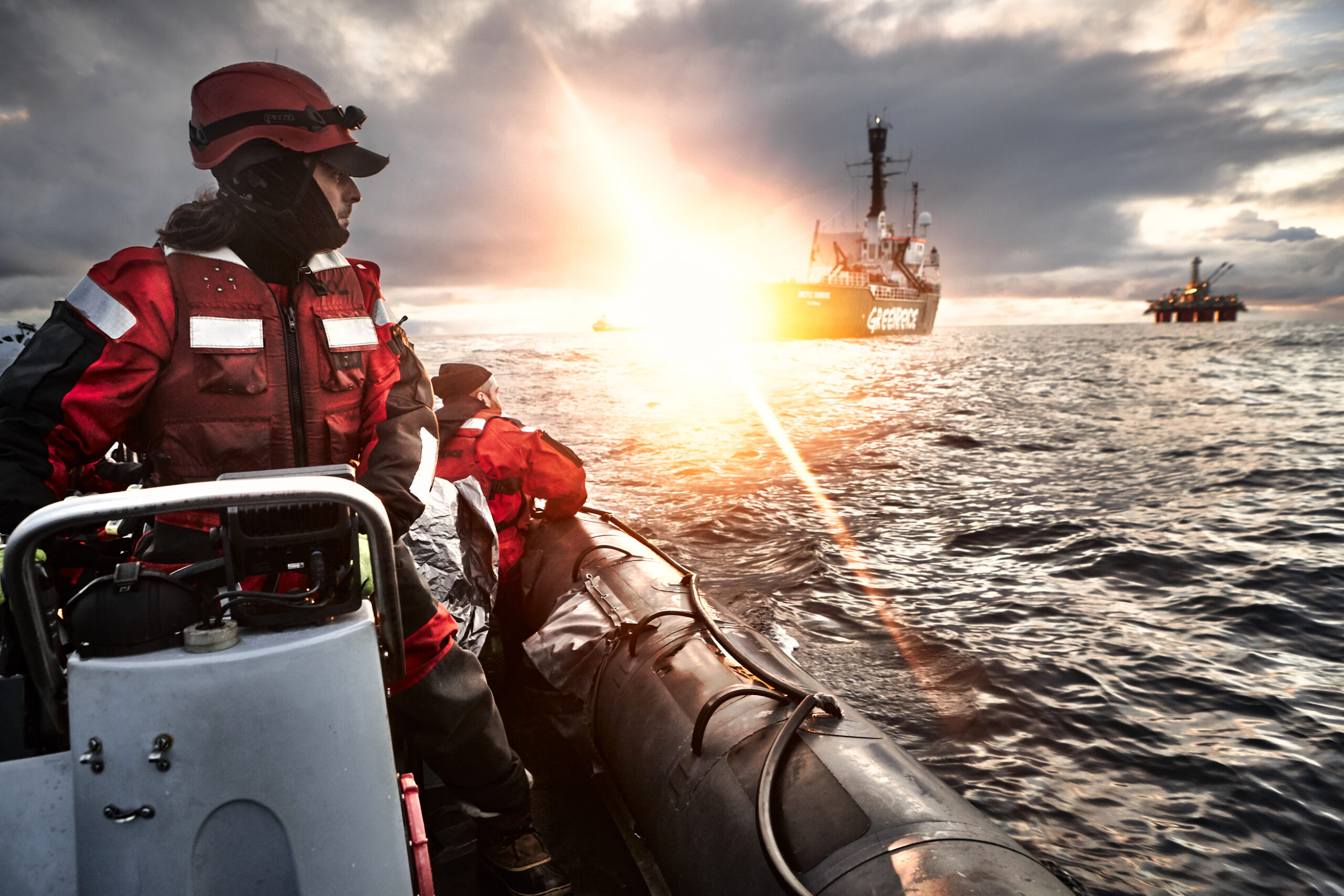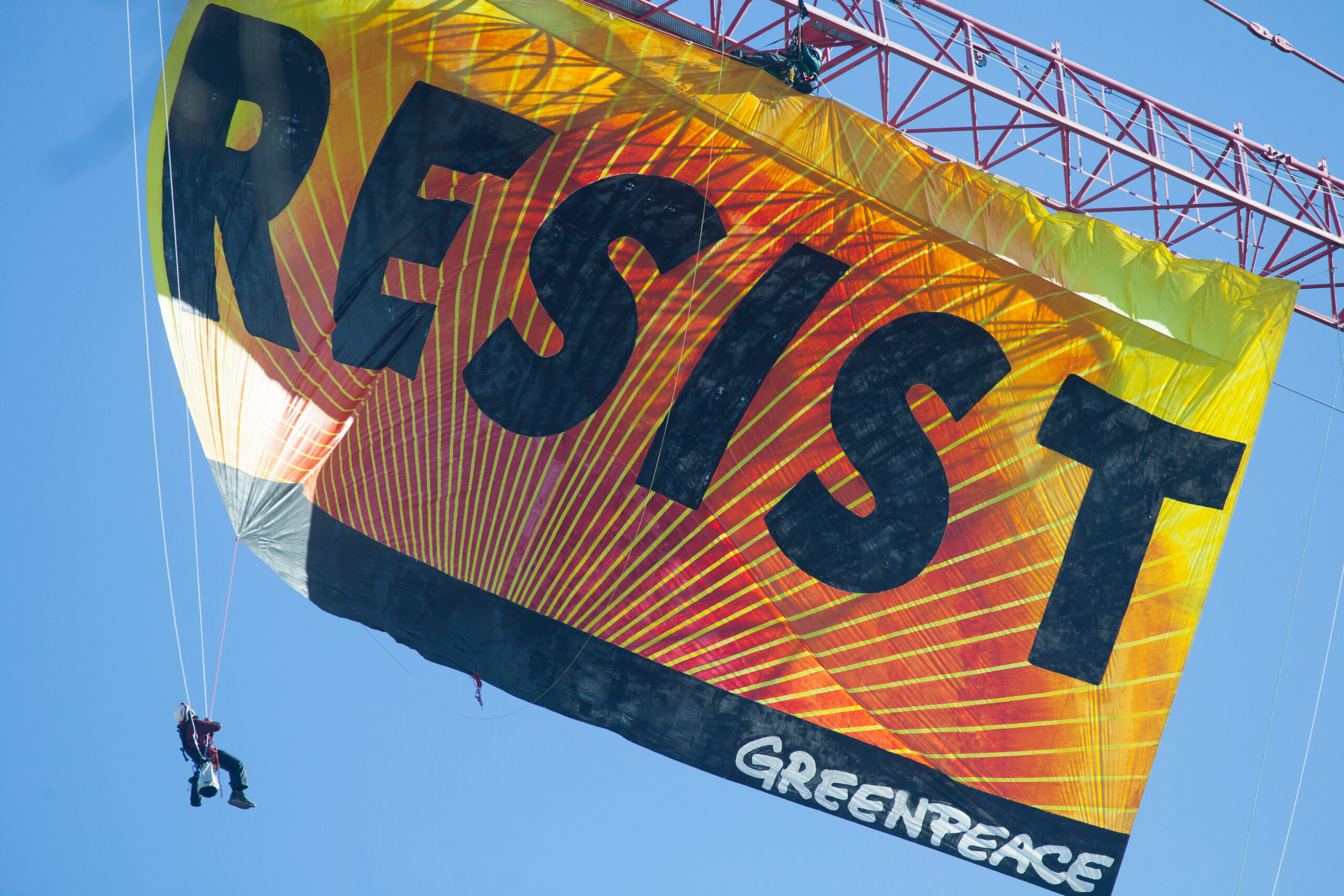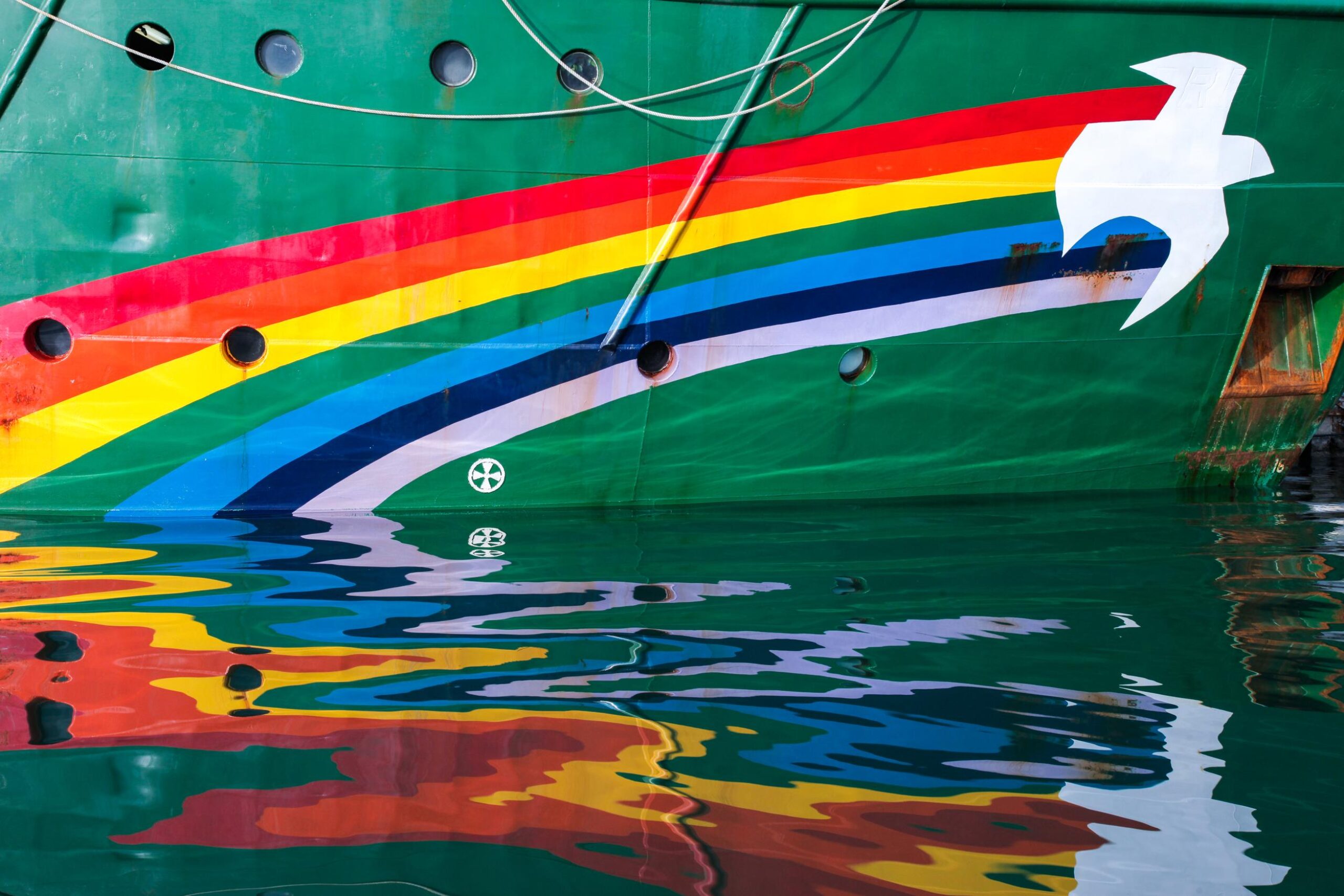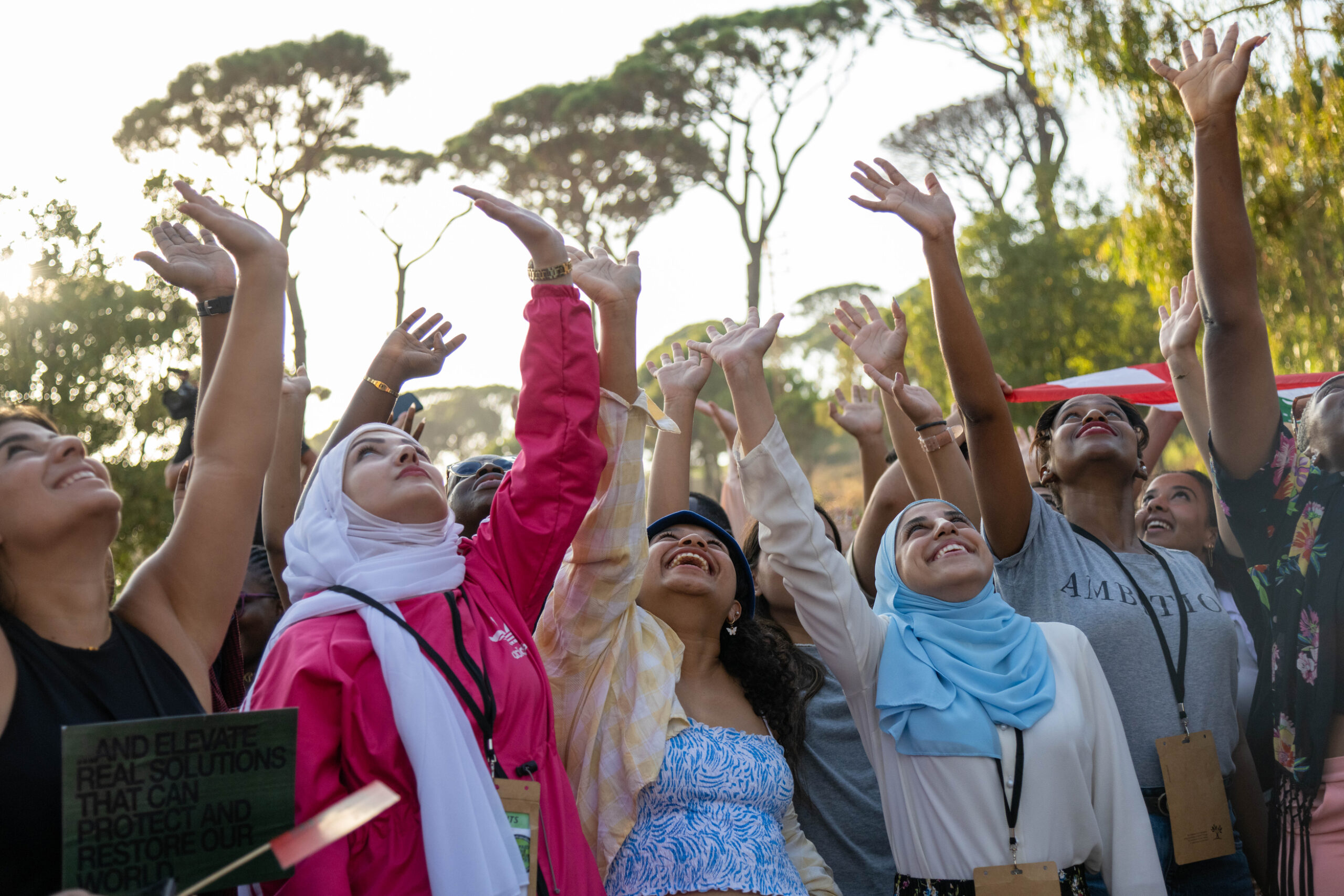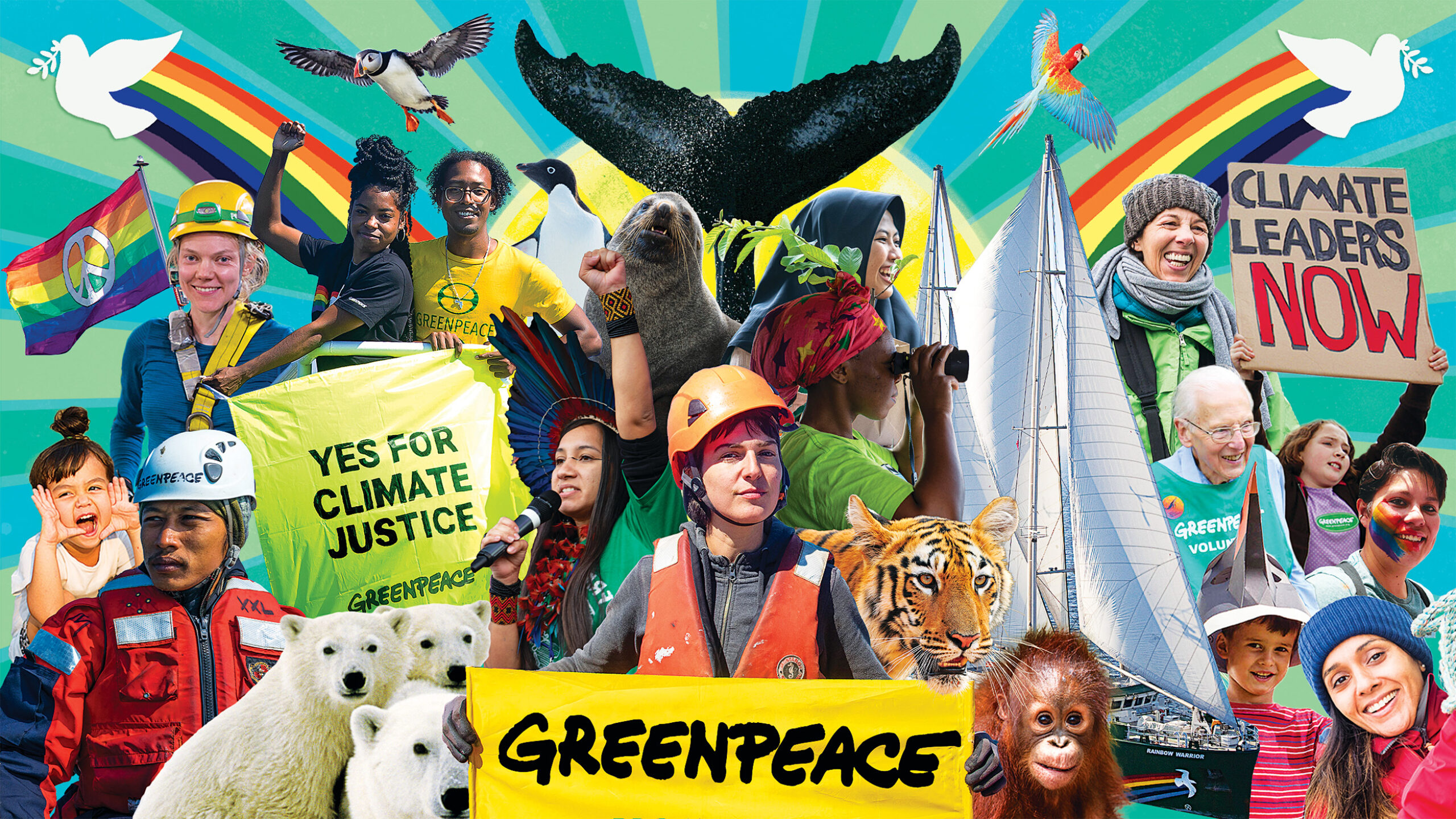
About Greenpeace
Greenpeace defends the natural world from destruction. We transform politics, industry and society to create a greener and fairer world.
ON THIS PAGE
Our movement
Ordinary people doing extraordinary things
Together we’re working to build a greener, more peaceful world, where no one is left behind.
We target those driving the crises we face.
Then we use our toolbox of tactics to expose and undermine their power.
We transform politics, industry and society to create a greener and fairer world.
We’re not paid or swayed by any government or corporation.
Together we show up, we stand up, and we get things done.
And we’ll do it again tomorrow.
What we do
Our vision
A world where everyone has equal access to clean air, water and energy; where the nature we love is protected, precious habitats are restored and communities are united by ambitious climate action.
Our mission
To halve emissions and restore biodiversity by the end of this decade in a fair and equitable way.
Strategy
Greenpeace UK’s plan to win
Read the full strategic plan outlining Greenpeace’s guiding principles, the pathway to change, and our plan to make it happen.
History
A few key moments from Greenpeace’s history.
